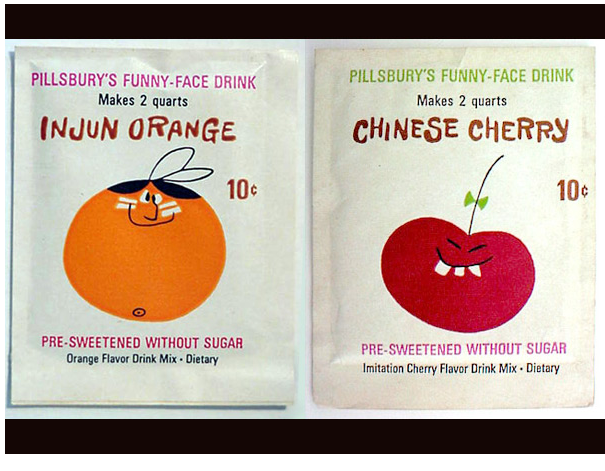By Julianne Jennings
Under repeated pressure by NAACP, the Aughinbaugh canning company of Biloxi Mississippi, changed the name of its oysters from “Nigger Head Brand” to “Negro Head Brand.” Negro means ‘black’ in Spanish and Portuguese linking the word to the international slave trade during colonial expeditions to Negroland, an invented European term for various West African inland states favored for slaves.
Segal also writes, Crazy Horse malt liquor was introduced in 1992. The estate of Crazy Horse and the Rosebud Sioux Tribe were appalled; the brand seemed to reinforce the idea that Native Americans are prone to alcoholism. Once again the company stuck with the product only for as long as the upside of cash flow outweighed the downside of adverse publicity. Stroh Brewery sold the brand and in 2001 apologized at a ceremony at the Rosebud Reservation, handing over “culturally appropriate” damages, which included seven racehorses and 32 braids of sweet grass. With less fanfare, the brand’s second owners dropped Crazy Horse’s face from the bottle and renamed the beverage Crazy Stallion in 2004.
You may have heard of Crazy Horse malt liquor. I've mentioned it before. But the Injun Orange drink isn't well-known. I remember it from 50 years ago, but most people won't.
Sadly, the 1960s were supposedly a more enlightened area. I'm sure some marketing exec said, "Hey, we haven't featured any minorities on our products. Let's include an Indian and a Chinaman to show how sensitive we are."
"Good idea," said another exec. "Besides, the Indian has a big nose and warpaint. And the Chinaman has squinty eyes and buck teeth. They qualify as funny faces for our Funny Face line."
For more on the subject, see Stereotypes Disappear "Organically"? and Mercurie on 1960s Westerns.


No comments:
Post a Comment